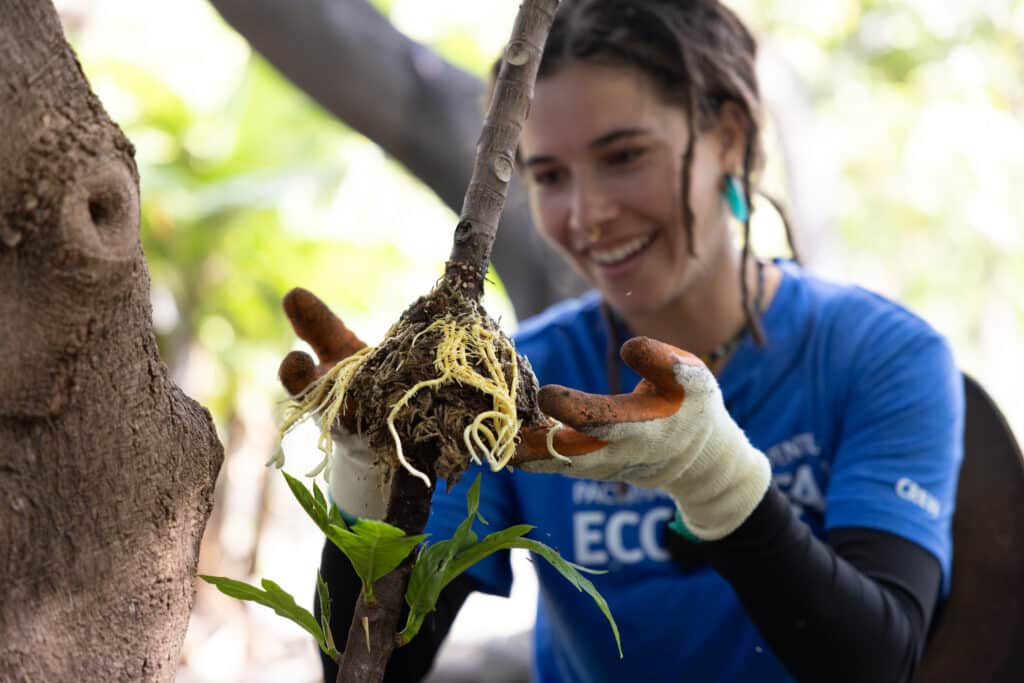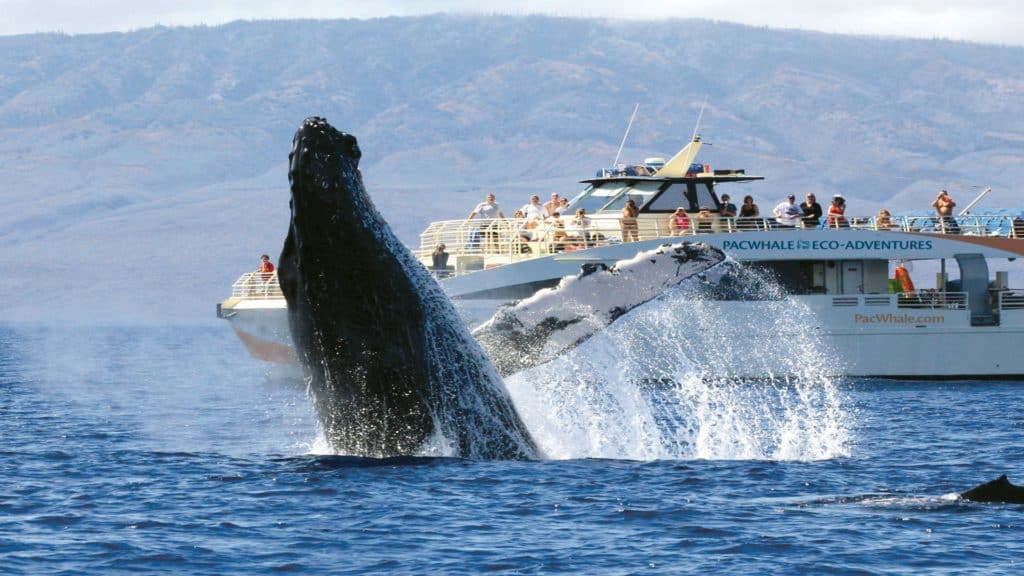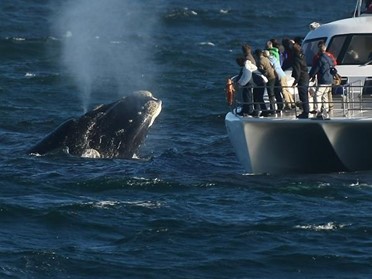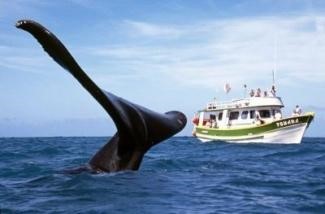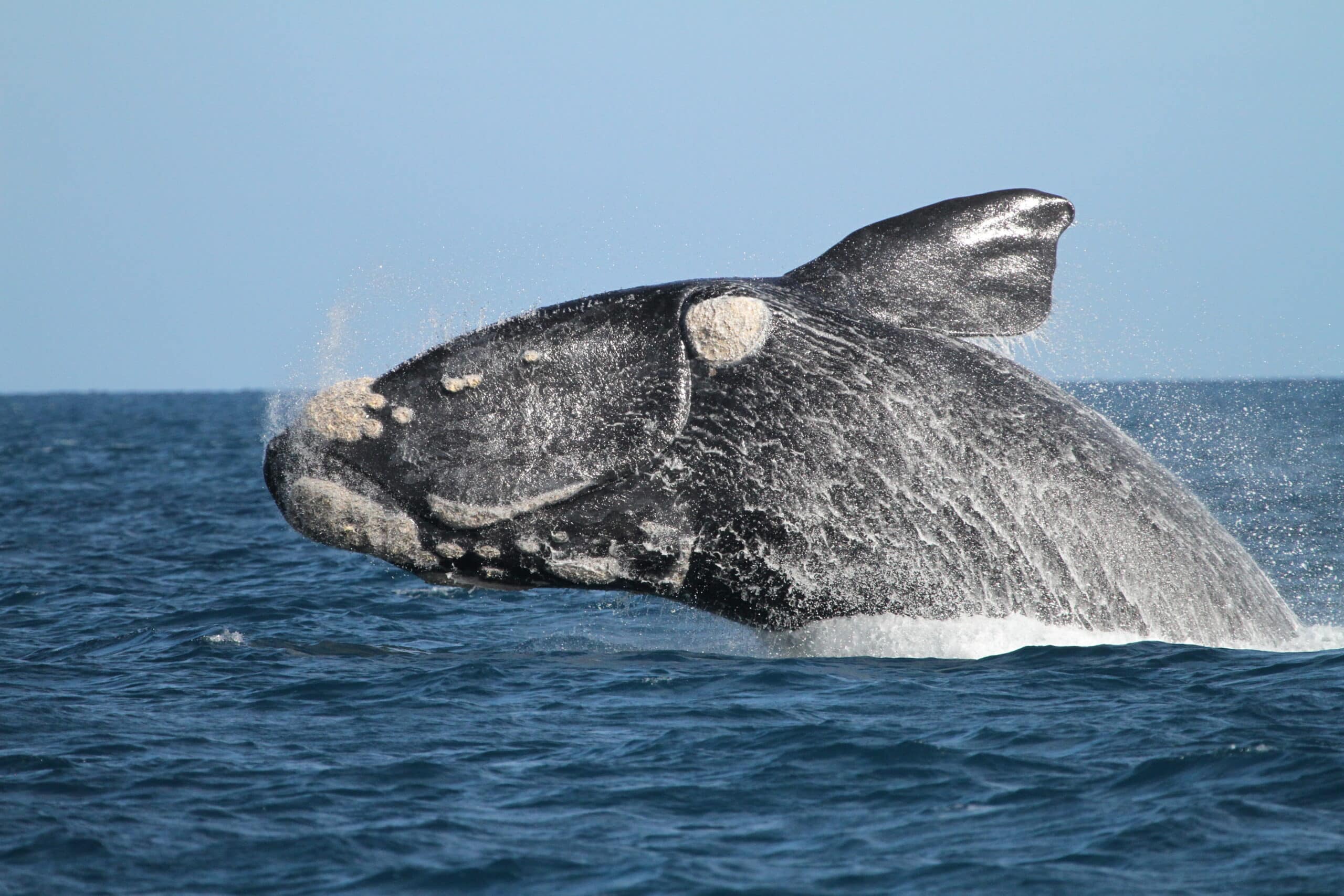Author: Conservation Coordinator Shelby Serra
In the United States, the Marine Mammal Protection Act (MMPA) protects whales, dolphins, seals and sea lions from harassment. But what protections exist beyond our waters? As the MMPA is not enforceable with respect to other nations’ coastline, there is considerable variation in marine tourism governance strategies from country to country. For widely accepted best practices, therefore, we look first to the International Whaling Commission (IWC), the global body comprising 88 member countries charged with the conservation of whales and the management of whaling. Among other responsibilities, the IWC provides science-based recommendations to help countries ensure they follow responsible whale watching protocols in their waters. We also explore some country-specific examples of whale-watching regulations in Australia and Brazil.
International Whaling Commission
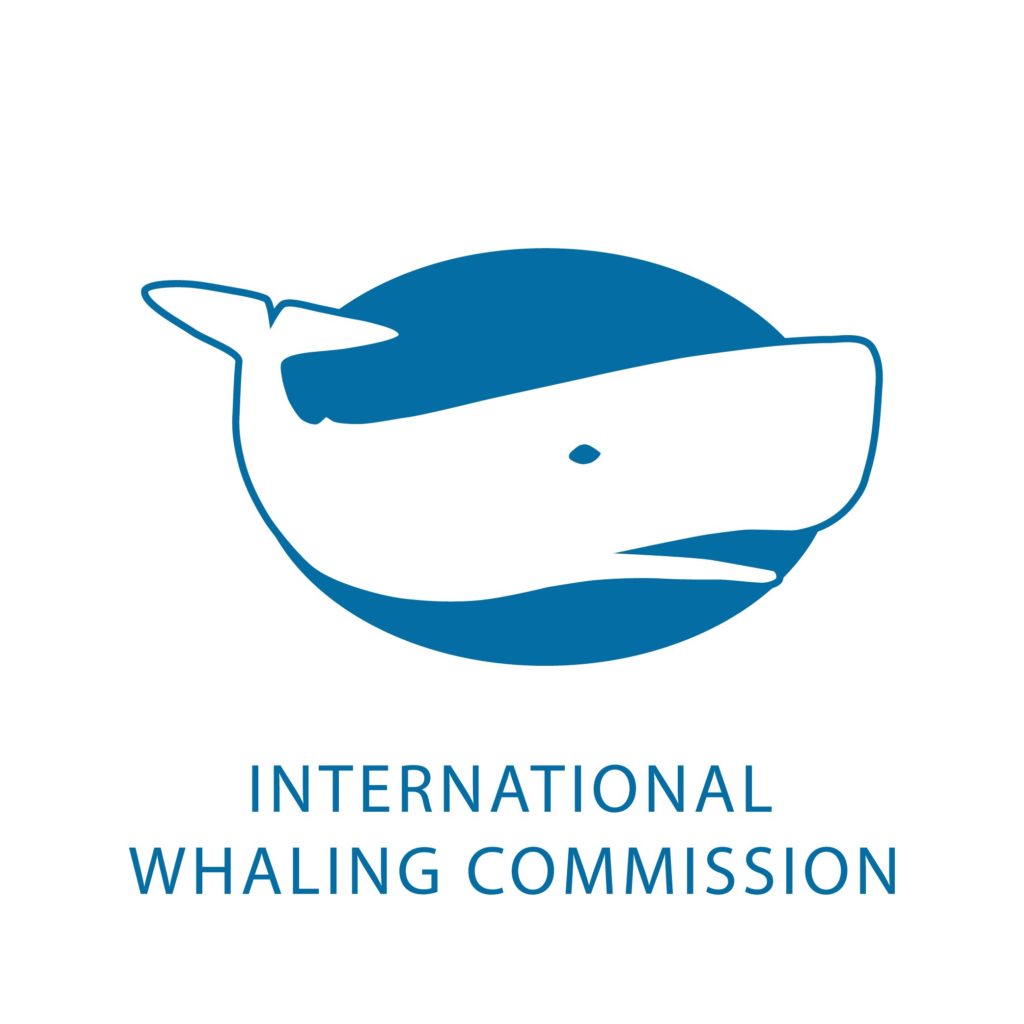
The IWC was set up under the International Convention for the Regulation of Whaling, which was signed in 1946. The purpose of the convention was to provide for the proper conservation of whale stocks and oversee the orderly development of the whaling industry. In 1975, the IWC first recognized the economic and educational importance of whale watching, and the need for it to be conducted responsibly. They adopted a strategic plan for whale watching to facilitate further development in a way that is responsible and consistent with international best practice (IWC).
The Commission created a “handbook” designed to support managers, regulators, operators and others interested in whale watching. A flexible and evolving tool, the handbook incorporates international best practice, educational resources and a summary of the most currently relevant scientific information. This tool guides users to an interactive world map that provides species information, guidelines and case studies specific to each country. It also allows users to research global industries by providing practical background information and advice, as well as tools to help whale-watching businesses operate responsibly and profitably.
The IWC stands not as a regulating body, but rather a global scientific body that provides the research to support sustainable whale watching. These findings and guidelines are resourced by countries considering whale watching as a viable industry in their region.
Protections from around the globe
The whale-watching industry in Australia has grown continuously since launching in the late 1960s. Although most countries’ guidelines are largely voluntary, Australia’s Department of the Environment and Energy, similar to the U.S., has developed official National Guidelines for Whale and Dolphin Watching, which apply across all Australian waters. The Australian government established these guidelines under MMPA-style Acts such as the Environment Protection and Biodiversity Conservation Act of 1999 and the Environment Protection and Biodiversity Conservation Regulations of 2000 that address the management of whale and dolphin watching in commonwealth waters (from three nautical miles off shore out to 200 nautical miles).
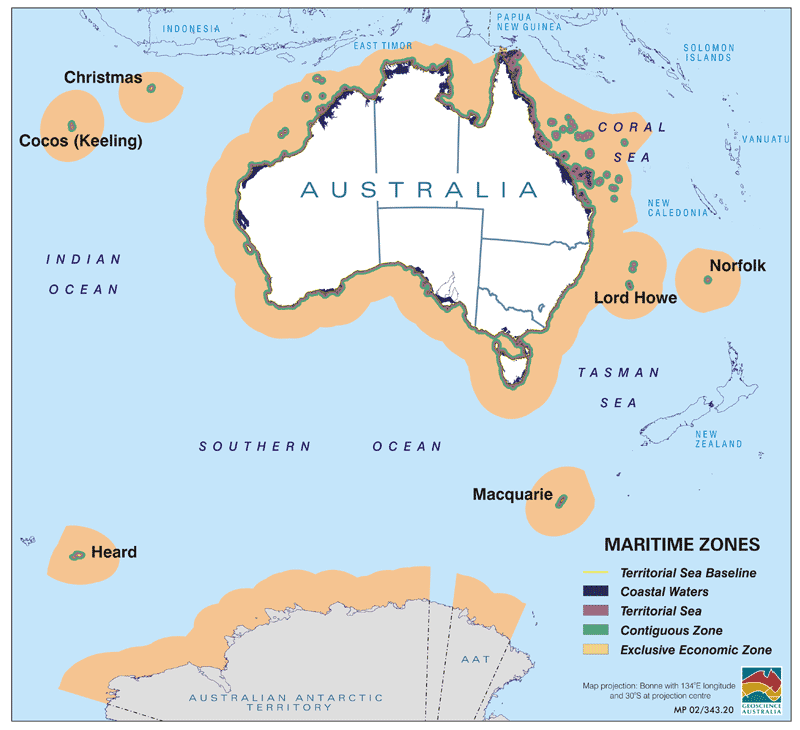
For regulation and enforcement in the coastal waters before the three-nautical-mile mark, there are groups that act as the “NOAA Fisheries” of Australia, such as the Great Barrier Reef Marine Park Authority that helps develop complementary management plans in Queensland waters, and the Maritime Authority of New South Wales which is responsible for the regulation of commercial and recreational boating.
Besides ensuring the safety of whales and dolphins involved in commercial operations, the purpose of Australia’s National Guidelines is to encourage a consistent approach to whale and dolphin watching across all jurisdictions. Similar to U.S. guidelines, these guidelines stipulate a 100-meter (109 yards) approach zone to the side of the whale and 300 meters in front and to the rear. These directional specifics help further protect the whales involved by taking vessel maneuverability into account. In addition, it is prohibited to position a vessel in advance of a whale’s perceived direction of travel or, conversely, to follow directly behind the involved whale. As these guidelines go into effect three nautical miles offshore, it is also stipulated that state and territory governments implement their own laws and guidelines to best suit their jurisdictions. To this end, states and territories must take into account areas with a higher level of whale- and dolphin-watching activity or where animals particularly sensitive to disturbances (i.e. a breeding/calving ground or migratory stop) require additional protections.
Furthermore, the Australian government conducted extensive research in the development of a Conservation Values Atlas that identifies Biologically Important Areas (BIAs) to help states and territories define where additional management measures are required. These BIAs are spatially defined areas where aggregations of individuals of a species are known to exhibit biologically important behavior, such as feeding, breeding, resting or migration. Restrictions in these areas could vary from limiting time spent with involved animals to the number of trips allowed per day. These provisions are essential in the protection and preservation of whales and dolphins.
Brazil is another example of a nation-specific governance strategy applied to whale and dolphin watching. The Brazilian Institute of the Environment and Renewable Natural Resources created federal regulations to “prevent and suppress the intentional harassment of cetaceans” in Brazilian waters.
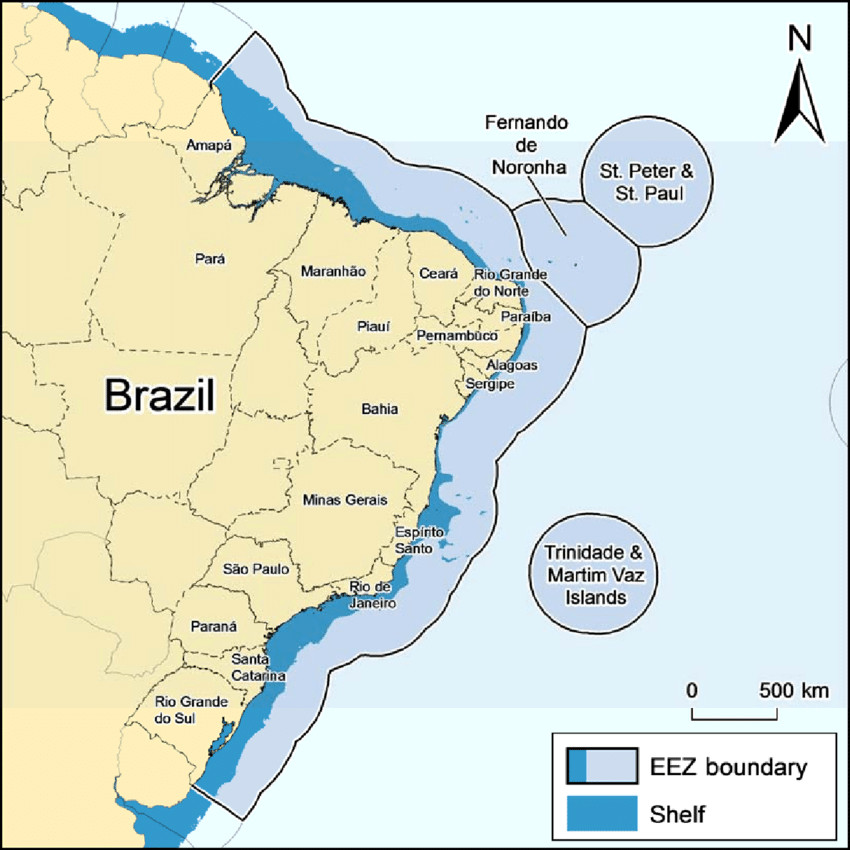
Much like U.S. federal law, vessels are prohibited from approaching any whale species beyond 100 meters. Unlike U.S. federal law, however, Brazilian law also forbids chasing whales for more than 30 minutes, intentionally driving through a group of cetaceans, and making excessive noise within 300 meters of any cetacean, in addition to other restrictions.
The specificity of Brazil’s federally enforced guidelines illustrates how economically important whale watching is to the country. These laws were formed “considering the growing development of tourism aimed at the observation of cetaceans in Brazilian waters and the need to regulate it.” When a country has a vested interest in the sustainability of an industry, it will go to great lengths to ensure the viability of that industry. Lucky for whales, the industry’s sustainability depends on their population’s health.
For the future
Whether it is the U.S., Australia, Brazil or any other country, all countries that are members of the IWC can use scientific expertise as a resource to create regulations. Much like NOAA is the trusted scientific body for the U.S., the IWC is the trusted body for the globe. Although differences exist across countries and regions, all 88 member states of the IWC have access to the best available science to help formulate their regulations. Ultimately, the simple existence of regulations raises awareness of both operators and participants in the industry, contributing to the conservation and sustainability of whales and industry.
Sources
1. International Whaling Commission – iwc.int
2. Australian Government Department of the Environment and Energy, Australian National Guidelines for Whale and Dolphin Watching, Commonwealth of Australia, 2017
3. Australian Government Great Barrier Reef Marine Park Authority – gbrmpa.gov.au
4. Brazilian Institute of The Environment and Renewable Natural Resources – Ibama Environmental Protection Area of Anhatomirim, 1996
